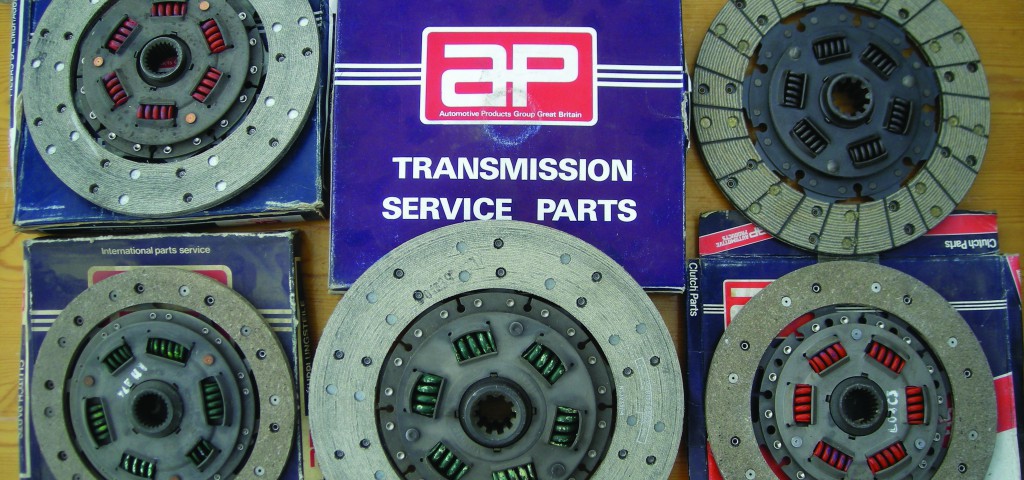By Ken Russell, photography by the author
After spending more than thirty years in the repair and restoration of all sorts of British cars, the word has always been, “Keep it Original.” Today, this is still true. However, I invite you to consider changes that can be made, to the betterment, in areas unseen.
For years, owners would accept slight changes in what had been Original Equipment, as long as it was kept to small things such as better hoses, hose clamps, belts and spark plug wires – but only when the car had to look, and perform, as it had when new. Unfortunately, this also most certainly included continuation of the car’s regrettable failings in equipment, engineering, and materials.
The rationale behind all this is most understandable. The owners want to maintain their cars while keeping them original because at resale, they are worth more. Let’s face it; we are seeing the sale price of our beloved British classics sell for multiples of what they sold for new. Whether it be MG, Jaguar, Triumph, or Healey, cars these days are carefully groomed, and expenses justified, as investments.
It is completely acceptable to make changes that enhance a car’s drivability and reliability. It is acceptable to make the car quicker, more fun and easier to drive. If one is careful in the application of these modifications, one will enhance the value. Save for a few, these are sports cars that are meant to be driven and enjoyed. Certainly there is a class of collectable car which must be kept as original as possible. These are not driven, and if so, not in earnest; they are to be shown and traded at high prices, to collectors. Our cars are for fun and it is no fun having to deal with a car when it is broken. If we can make some improvement which cures a reoccurring problem, then we have done a service to both ourselves and the subsequent owners.
Here are a few cases in point. Recently, a very desirable Aston Martin DB4-GT was sold for over one million dollars. One of its selling points was it that had a non-factory, current technology, a racing clutch. A weakness of this particular car was its twin disk clutch. The engine had far more power than the temperamental original unit could bear up with (for long). What is most impressive is the engineering that had to be undertaken, including machining a new flywheel and all the associated operating linkage. This is certainly above and beyond the scope of most owner-mechanics but it does illustrate what can be done by a competent shop, should the need be there.
A weak point for MGA, MGB, MGT and 1275 Spridgets was the carbon-faced clutch release bearing. It was simply not designed for daily stop-and-go use and would wear through the carbon, long before the actual clutch wore out. There used to be a wonderful roller bearing replacement, which completely eliminated this old woe. (Unfortunately, they are no longer being supplied at this time; hopefully they will return soon).
Many Triumph TR6s were fitted from the factory with a Laycock-Sheffield clutch. These were really racing clutches and were totally unsuitable for street use. They had two positions: Fully released and fully engaged (and no place in between)! Trying to “slip” these things was a waste of time and the force to depress the pedal was tremendous. Many an owner would be caught off guard by a changing traffic light and let up on the pedal too quickly. Bang! And off he would go. The trouble is the mounting brackets for the independent rear end can only take this abuse for a period of time, before causing the metal to fatigue and crack, finally breaking. The bracket repairs are not inconsequential, or cheap. In all the years of replacing these clutches, I have never had an owner request another one! These days, I install a Borg and Beck unit; for which the owner is everlastingly grateful.
The famous racer and vintage car restorer, Phil Hill, did not get to where he is by ignoring a car’s weaknesses. He used to vintage race his classic 1928 Blower Bentley 4 ½ liter quite extensively. It finished every race, thanks in part to a non-factory Borg and Beck clutch conversion.
What all these conversions have in common is the part(s) replaced were just not up to the task asked of them; the new items are far superior. But, most importantly, their good effect is felt, and not seen. It would be no stretch to say the manufactures would have included these items, had they been available at the time. We are simply carrying forward the natural progression.
Cheers!










'Restomod Tech: In the Clutch of Things' has no comments
Be the first to comment this post!